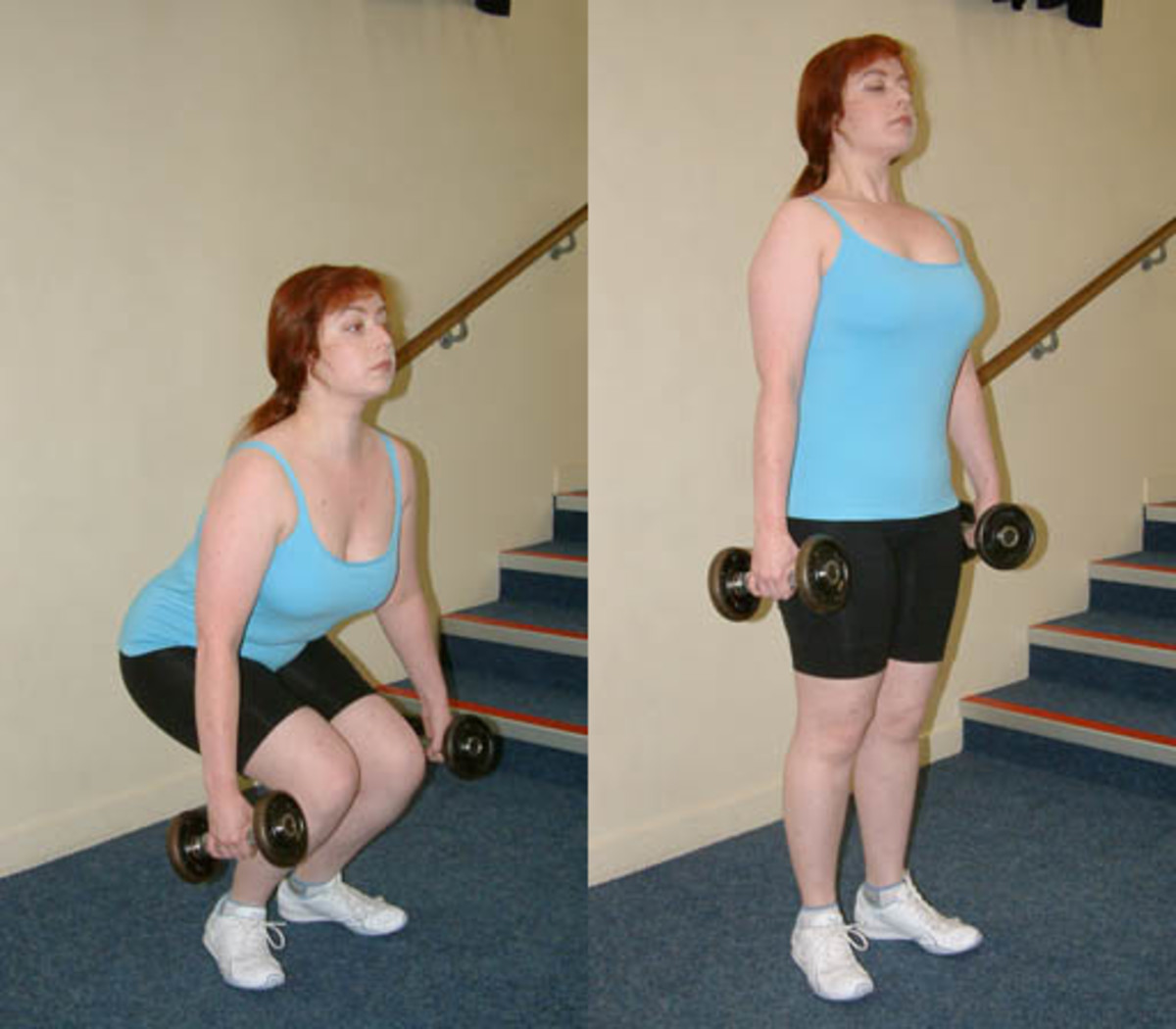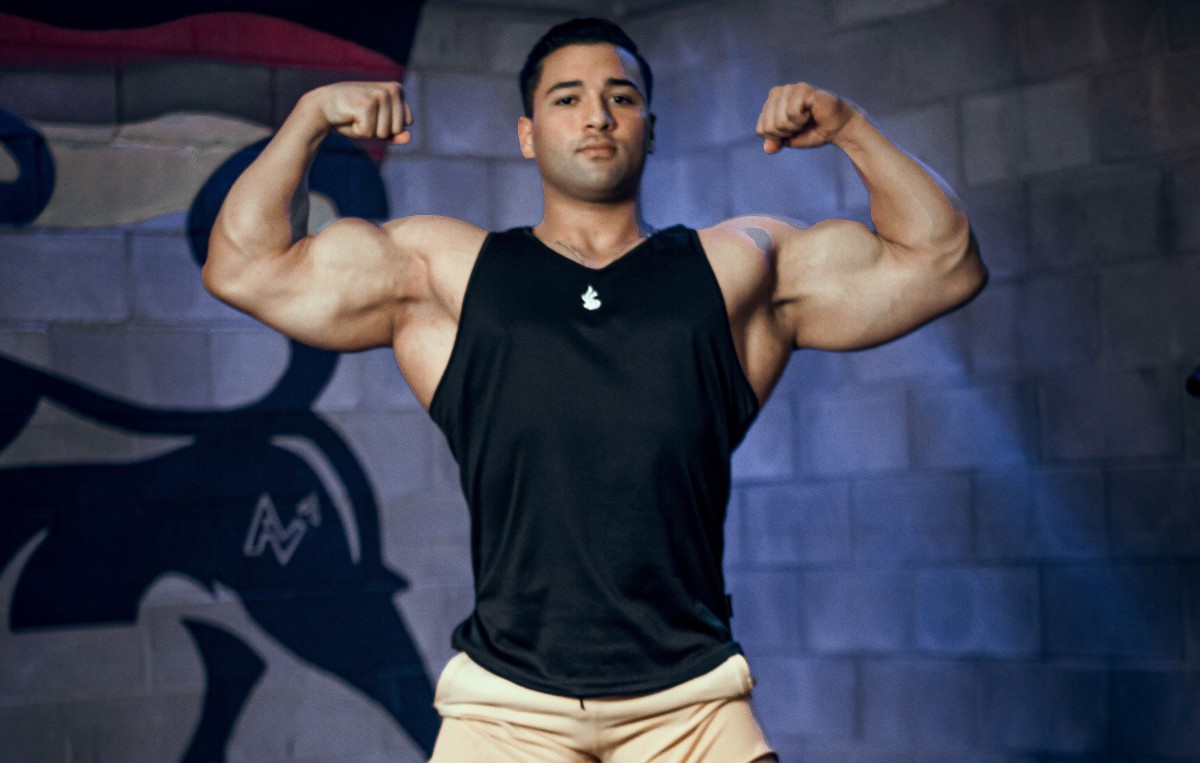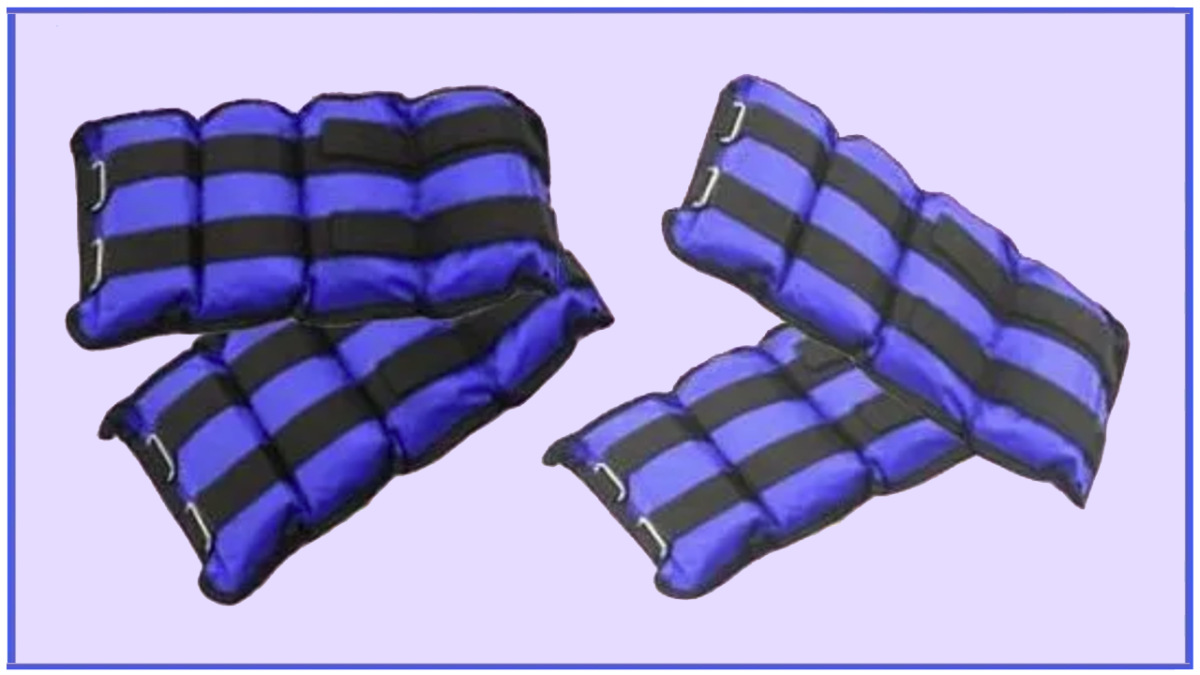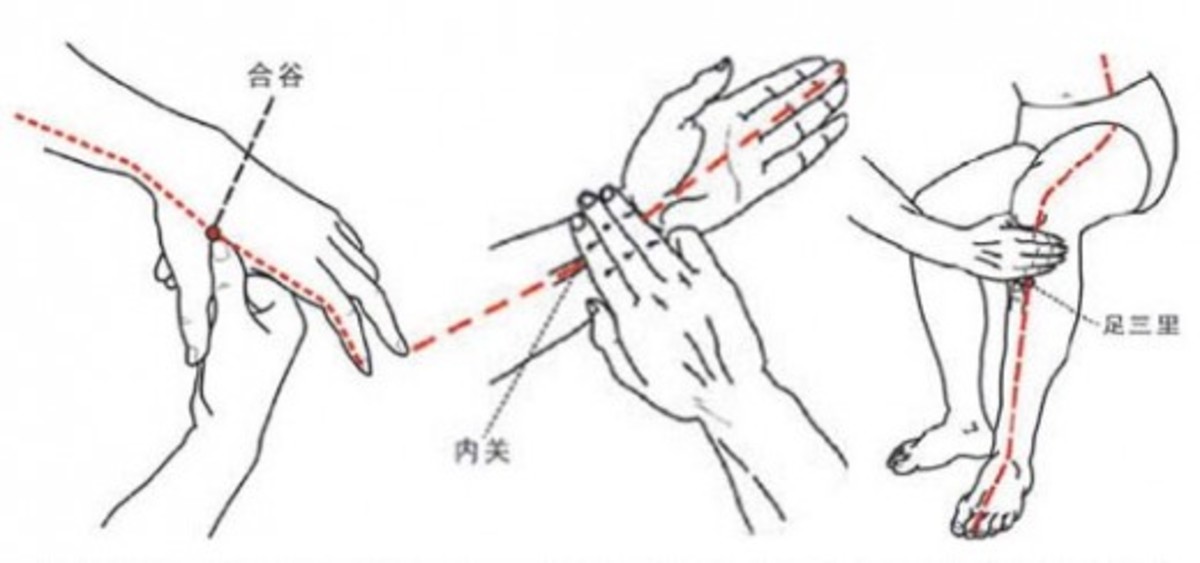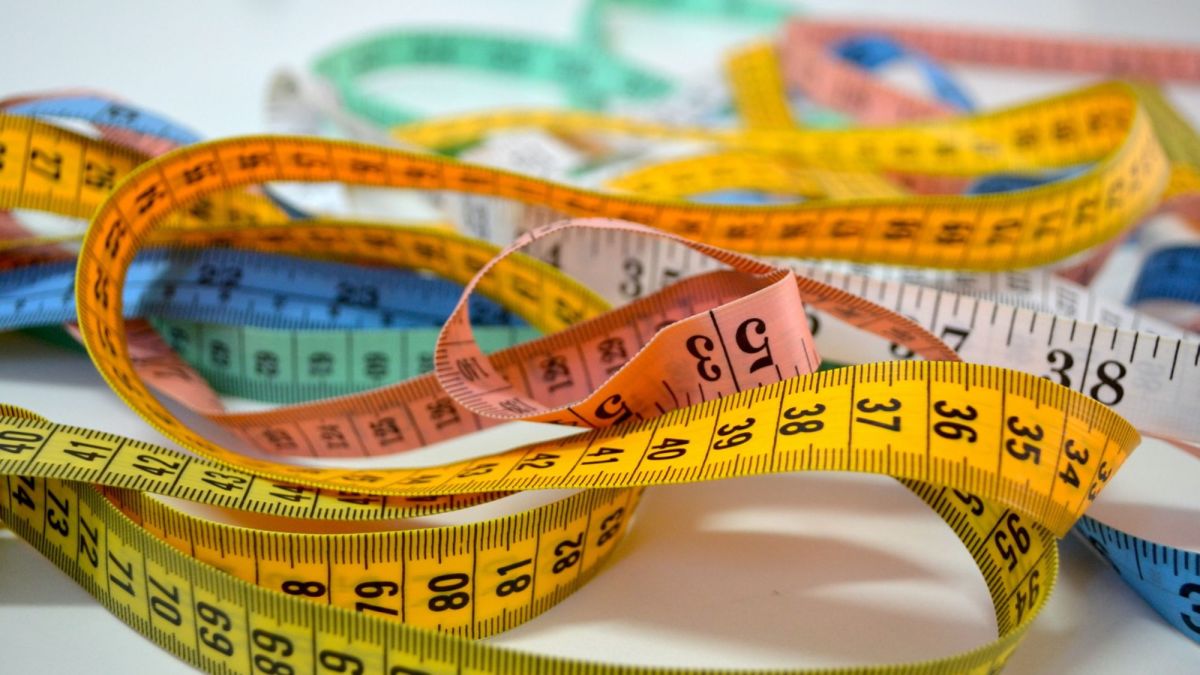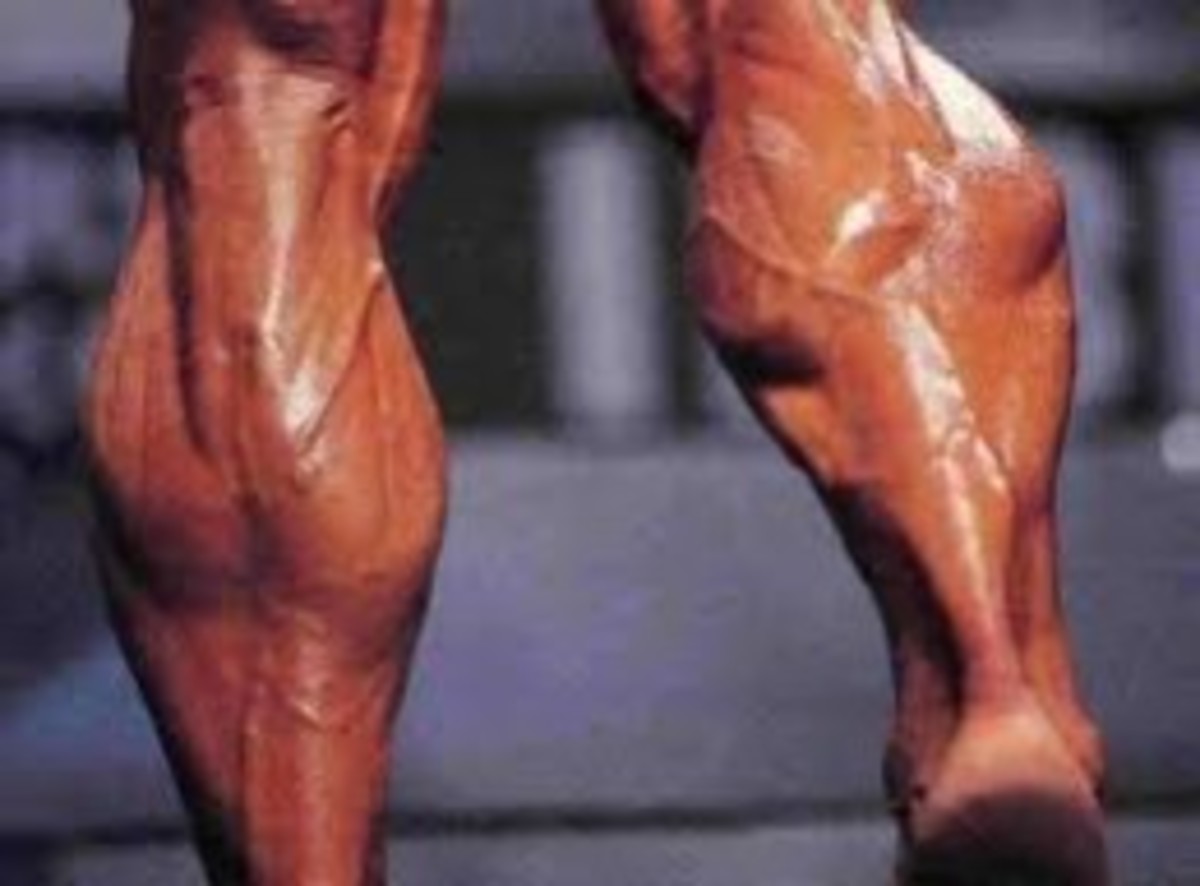Strength Training for Women: Five Myths Debunked
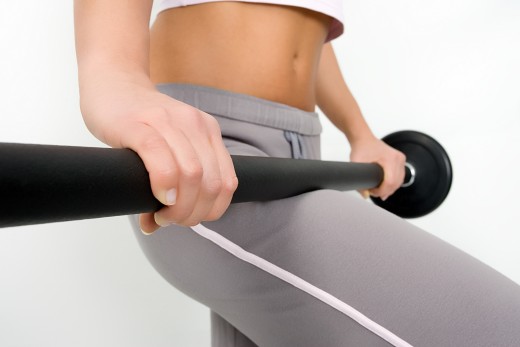
When you ask most women how to lose weight, you might hear them say cardio exercise. This isn't wrong, but cardio isn't the end-all to losing weight. If you want to lose body fat, build muscle and tone up, you need to lift weights, too. There are some common myths among women about weight lifting, and I'm here to debunk a few of them.
Myth No. 1. Weight lifting will bulk you up.
Debunked: You would have to work out three to four hours per day, with weights, while eating a diet well over 2,000 calories, in order to gain bulked up, bodybuilding muscle. Not to mention, most women do not have the hormonal make-up (meaning the testosterone) to provide the bodybuilder-like muscles seen in fitness competitions. Those women are bodybuilders, not the average woman trying to lose weight and tone up. Average women who strength train will make their muscles shapelier, plain and simple.
Myth No. 2. Since muscle weighs more than fat, I will gain weight.
Debunked: First of all, a pound of muscle weighs the same as a pound of fat. If you lift weights, you will not gain weight simply from muscle gain and fat loss. You might be gaining weight if you are new to any type of exercise since you could be eating more because you're hungry or if you are gaining water weight in response to your body becoming dehydrated. Muscle is good - it revs up the metabolism and helps improve bone density. Since muscle is denser than fat, it will change your body composition and in the end, make you smaller.
Myth No. 3. I can spot train my arms to get rid of that flab in the tricep area.
Debunked: Spot reduction doesn't work on any part of your body. That includes your butt, legs, arms, tummy or any other problem area you have. Best tip: train with compound strength training exercises like squats, lunges and push-ups to burn the most calories and work the most muscle groups at one time. You will burn off the fat and tone up the muscle in the process. You can tone up specific areas with spot training, but if it's covered up with a layer of fat, no one will ever see it.
Myth No. 4. Since I'm a woman, I should lift light weights all the time.
Debunked: This goes back to myth number one. You won't get bulk from lifting heavy weight. Here's how you should determine how much weight to use. First, determine your strength and ability. If you are a beginner, start light. Then, remember for strength gains you use heavy weights at about six reps; gaining muscle and size use medium weights with 10 reps; for endurance training use light to medium weights at 12 to 16 reps. That being said, you should really mix it up with weight as well as repetitions to avoid plateaus. You should be comfortable until the last rep - for instance, if you are slinging your body weight forward during a bicep curl, you are most likely lifting too much weight and you will give yourself back injury.
Myth No. 5. Once I start lifting, I have to do it forever or my muscles will turn to fat.
Debunked: Muscle doesn't turn to fat. Period. Maybe you believe this because you've seen it happen in bodybuilders. The fact is, if you are exercising regularly, even with cardio, and you stop, you will most likely gain weight. This is especially true if you continue to eat the same way you did while you were working out. It's calories in and calories out. Your body will not burn the calories as efficiently, and when the metabolism slows, you will gain weight. The best way to keep off the fat is to keep exercising regularly whether you choose cardio one day and strength training the next.
Do not fear weight lifting. Many shy away for the reasons above, but others won't try it because they are intimidated or they think it's boring. Start out with the machines and work your way to the free weights. Free weights are better at training your balance and coordination, plus they make you activate your core to stabilize your body weight. Machines do that part for you and are, in most cases, not as effective.
My advice is to try a class or a DVD. Start out small. If you are at home, try small dumbbells or resistance bands. These are inexpensive tools to get you training quickly and safely. If you try a weight lifting class, ask the group trainer for assistance. They are there to help. Keep a light barbell with a couple of extra weight plates to the side. Keep small dumbbells or plates for chest flyes, biceps curls and shoulder presses if you are a beginner. This is a great way to introduce yourself to weight lifting as well as to get a motivating, continuous workout.
Always consult your physician before starting a new fitness regimen. Only you know your strengths and weaknesses, so try these exercises at your own risk.

